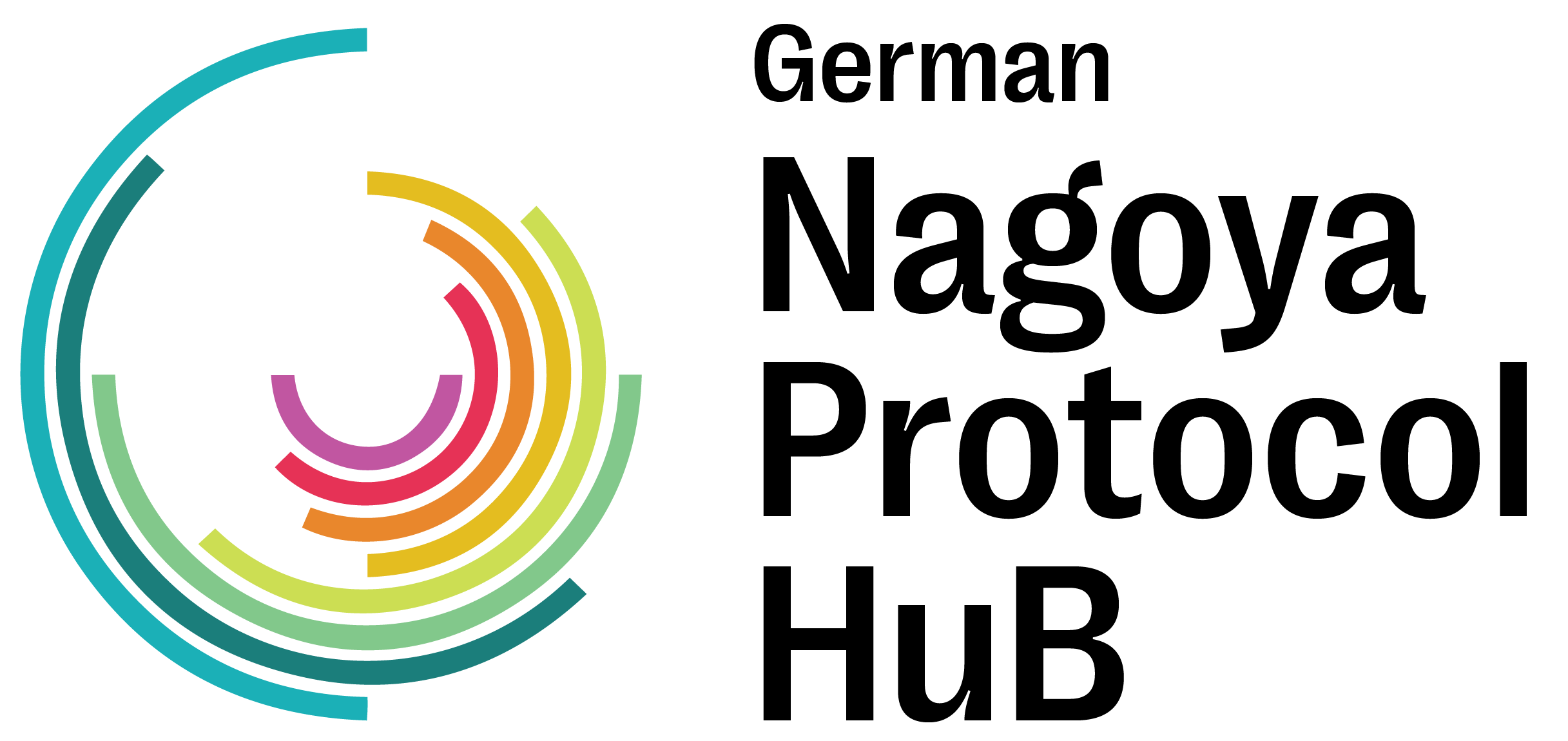Guidelines for Institutions
Best Practice
What are recognized best practices?
“Best practices” are intended to help researchers and institutions with compliance. They are:
- procedures, tools or mechanisms for institutions
- are developed and overseen by associations of users or other interested parties
Best practices can be recognized by the European Commission in accordance with Regulation (EU) 1866/2015 (“the Implementing Regulation”).
So far, there is only one recognised best practice in the European Union’s Register. This is the CETAF Code of Conduct and Best Practice.
How can Best Practice help me?
By following registered best practices, researchers reduce the risk of non-compliance with the obligations under the EU law. If an institution follows Best Practice, this is taken into account by the competent authority in Germany when it conducts a user check.
How can best practices be recognized?
Applications for recognition of best practices are submitted to the European Commission’s Nagoya Protocol Unit. A copy of the application and supporting documentation are sent to the BfN (and the competent authorities in other member states) for comments.
The Commission informs the applicant of the indicative time limit for the process and provides an update on the status of the application at least every six months.
This process to have Best Practice can take a considerable period of time and involve multiple rounds of revisions.
Removal from the register
If there are repeated or significant cases of non-compliance with the due diligence obligations by researchers who are following best practices, the European Commission will look into whether these infringements relate to any deficiencies in the best practice. If so, the recognition as a best practice can be withdrawn from the register.
CETAF Code of Conduct
The CETAF Code of Conduct and Best Practice
So far, the CETAF Code of Conduct and Best Practice is the only recognised best practice in the European Union. The document is publicly available and can, in principle, be used by anyone.
The Consortium of European Taxonomic Facilities (CETAF) is a networked consortium of non-commercial scientific institutions and collections across Europe. The members include zoological , botanical, palaeobiological, and geological collections. To support its members with the challenges associated with managing ABS obligations, CETAF developed the Code of Conduct and Best Practice. One challenge for CETAF was to develop a useful document that took into account the diversity of the member institutions and their needs.
Developing the Code of Conduct & Best practice
The process was led and organized by a working group from institutions across Europe. Work started in 2011, with the first draft being submitted to the EU Commission in 2015.
There were a couple rounds of comments by the competent authorities of various member states and relevant revisions before the European Union Commission formally recognized it. The final version of the CETAF Code of Coduct & Best Practice was added to the Commission’s register in 2019.
Implementation
All CETAF institutions have agreed to implement the Best Practice and Code of Conduct. Some institutions have adopted it one to one, whereas other institutions have chosen to adapt the Best Practice to the needs of their own institution.
Awareness-raising and training was provided for the member institutions on the Code of Conduct and Best Practice to help with implementation.
Annexes
The document has seven annexes which include a number of useful tools. These are:
- Annex 1 – Best Practice guidelines for establishing ABS measures at an institutional level
- Annex 2 – A template for describing your project and proposed research, which could be used when communicating with the authorities in the country where the material comes from
- Annex 3 – A basic glossary of terms commonly used in the “ABS world”
- Annex 4 – A list of typical benefits arising from non-commercial research
- Annex 5 – “ABS Checklists” for researchers and institutions for different stages of the research process, including the planning, implementation and follow-up phases
- Annex 6 – Four different model Material Transfer Agreements
- Annex 7 – A template for a data use statement

